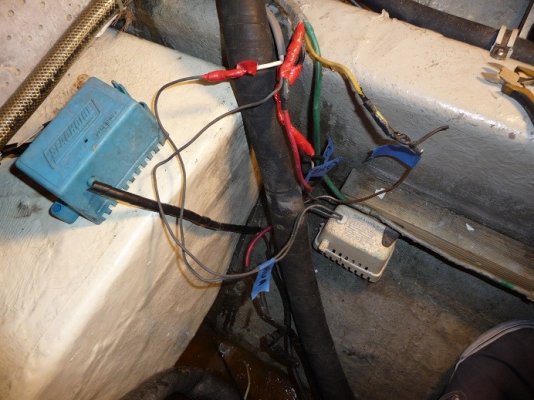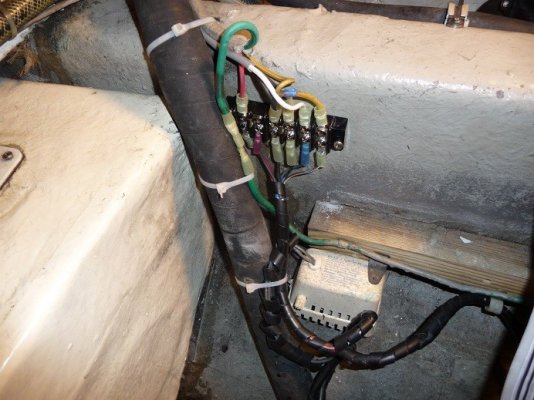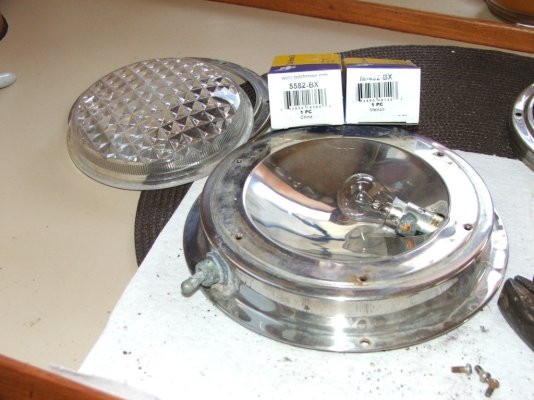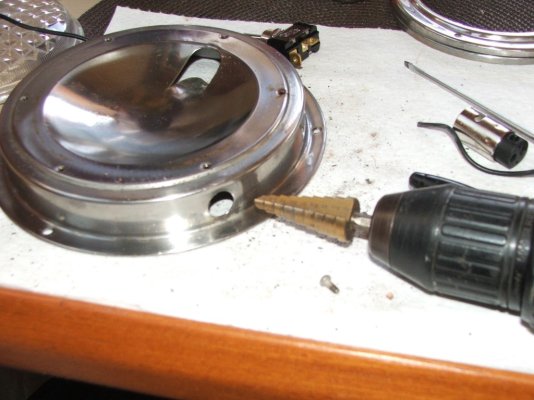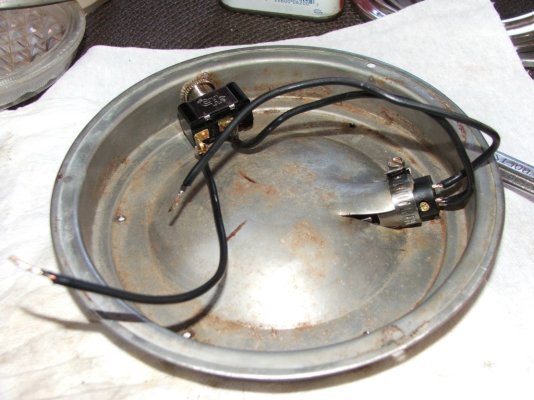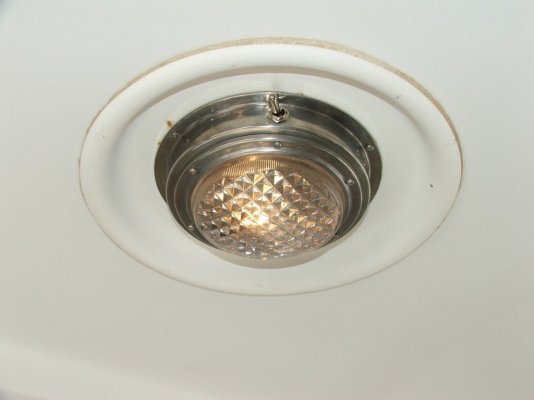Tom.B
Moderator Emeritus
- Joined
- Jul 30, 2009
- Messages
- 5,839
- Location
- USA
- Vessel Name
- Skinny Dippin'
- Vessel Make
- Navigator 4200 Classic
While test fitting the new fuel rig this weekend, I saw a couple of rat's nests that needed attacking. So here is a before/after pics of the wiring of the bilge pumps. Yea... I know is not to AYBS standards and doesn't have drip loops, but sometimes with 25 year-old boats, you have to compromise. At least it's not held together with electrical tape and wire nuts anymore. Actually, the bundle looked way worse thyan this before I thought to grab the camera. Now it at least has SOME order to it. I found nearly the exact same mess at the wiring for the shower sump/head power when I was moving wires for the fuel rig.
I still want to re-do the bonding wire connection in the next couple of weeks, but I was pressed for time and didn't have the correct connector to do the job, so I'll pick one up next time.
It amazes me at what people considered acceptable wiring practices. Where is that turn-key boat I was promised by my broker?

I still want to re-do the bonding wire connection in the next couple of weeks, but I was pressed for time and didn't have the correct connector to do the job, so I'll pick one up next time.
It amazes me at what people considered acceptable wiring practices. Where is that turn-key boat I was promised by my broker?

